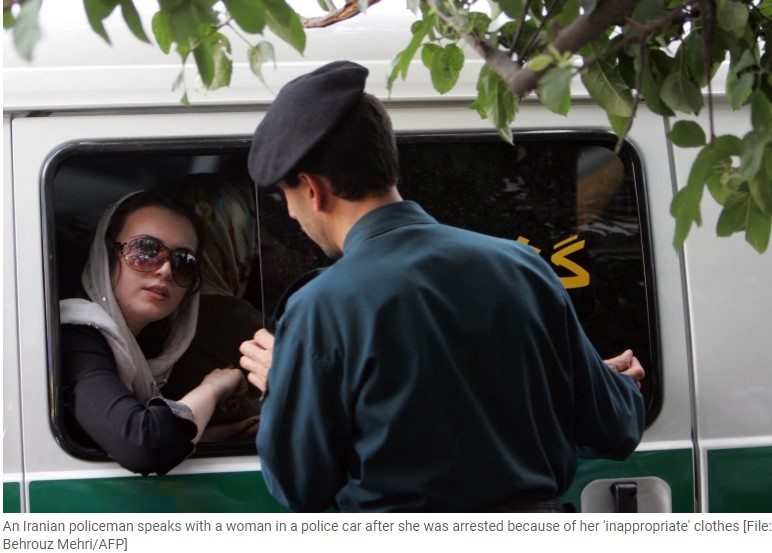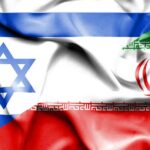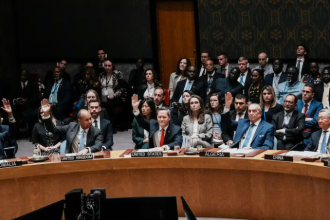December 04, 2022 – Tehran, Iran – The prosecutor general Mohammad Jafar Montazeri said that the morality police unit shut down. He further said that the morality police force “has no connection with the judiciary and was shut down by the same place it had been launched from in the past.”
The announcement was made in the third month of protests that erupted after the death in police custody of Mahsa Amini, a 22-year-old woman arrested by the morality police in Tehran for alleged non-compliance with Iran’s dress code.
There has been no official police confirmation on the forces being taken off the streets and no sign that a law requiring mandatory hijab will be changed.
Who are the morality police?
• Known as “Gasht-e Ershad,” or Islamic guidance patrol, the current morality police force was established more than 15 years ago during the administration of President Mahmoud Ahmadinejad. There had been other forms of patrols earlier.
• Its units, usually consisting of several men and women, used white police vans with dark green stripes to patrol the streets or park in spots where pedestrians frequent or younger people gather.
• Its officers would enforce the country’s dress code, which requires women to cover their hair and wear loose-fitting clothing. They would issue verbal warnings or detain women and take them to “re-education” centres for violations.
What does the suspension mean?
• The prosecutor general has said the force has been “shut down,” and the vans have not been seen recently in public. But no such confirmation has come from police officials, and reports of Montazeri’s comments did not mention an indefinite shutdown.
• As the protests continue, many women walk on the streets of cities across Iran, especially in Tehran, without head coverings.
• During the protests, women have been filmed taking off their headscarves and burning them, while “woman, life, freedom” has become a rallying cry and a way to show solidarity both inside and outside Iran.
• It is still being determined whether officials will continue to tolerate the current situation or if they will use other methods to impose the dress code.
Will there be a change in the law?
• Let’s not forget that the morality police were just one prominent tool for implementing mandatory hijab.
• Complying with dress standards became mandatory by law four years after the 1979 Islamic Revolution. It birthed the current theocratic establishment and overthrew a monarchy backed by the United States.
• No senior official has publicly signalled that a significant change in hijab laws could be implemented soon. Top authorities have emphasized over the years that they consider the issue a “red line.”
• Montazeri had said last week that both parliament and the judiciary “are working and studying the issue of hijab” while pointing out that the court does not favour indefinitely shutting down the “moral security police.”
• President Ebrahim Raisi has said several times since September that “flexibility” could potentially be shown in implementing the law, but he has not elaborated. Other officials have hinted at less confrontational but controversial methods like using artificial intelligence and cameras to fine perceived offenders.
Iranian authorities have accused the United States, Israel, European powers, and Saudi Arabia of being behind the persisting unrest, saying they used Amini’s death as an “excuse” to target the country and its foundations.







